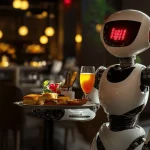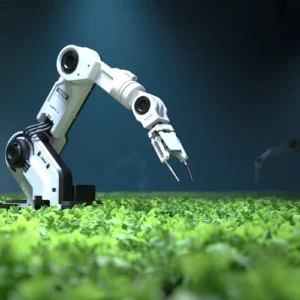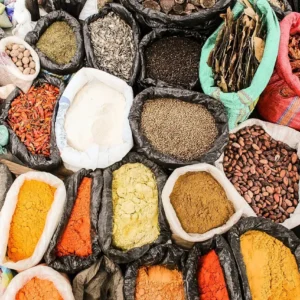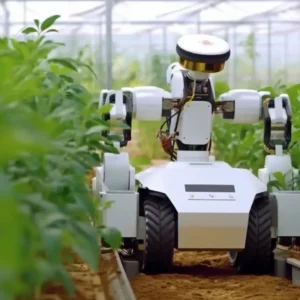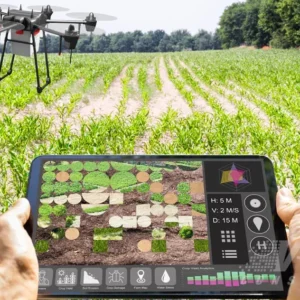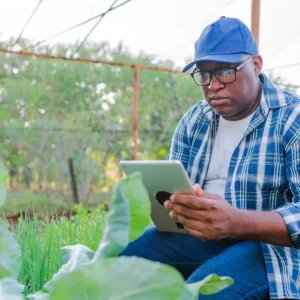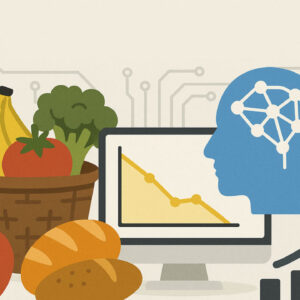In recent years, robotics has profoundly influenced numerous industries, and the food preparation sector is no exception. What was once the domain of human hands and artisanal expertise is now being augmented and, in some cases, replaced by robotic systems capable of unparalleled efficiency, precision, and consistency. From slicing vegetables to crafting gourmet dishes, robotics is revolutionizing how food is prepared, meeting the demands of a rapidly changing world.
Robotic systems in food preparation are equipped with advanced sensors, machine learning algorithms, and artificial intelligence, enabling them to perform complex tasks with remarkable accuracy. These technologies can handle repetitive tasks such as chopping, mixing, and assembly with speed and precision, reducing the margin for error and ensuring consistent quality in every dish. In high-demand environments like fast food restaurants and large-scale catering services, robots can significantly enhance productivity and reduce labor costs.
Furthermore, robotics offers innovative solutions for food safety and hygiene. Automated systems minimize human contact with food, thereby reducing the risk of contamination and ensuring adherence to strict health standards. For instance, robotic arms can handle raw ingredients and cooked foods separately, preventing cross-contamination and maintaining cleanliness.
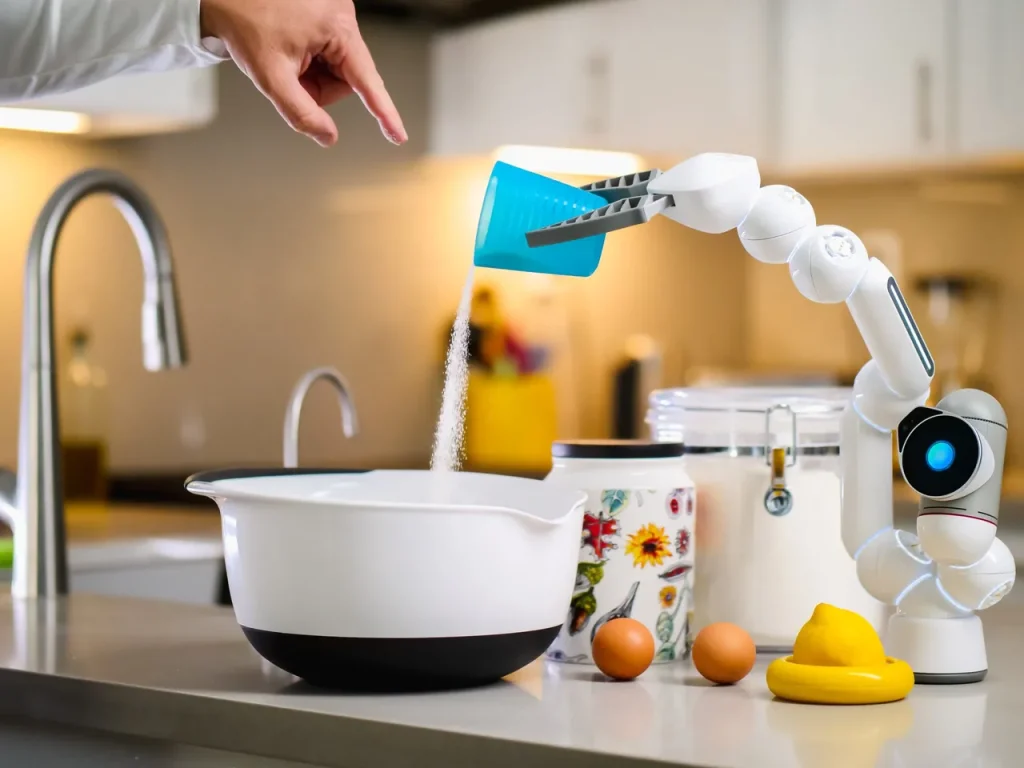
Despite these advantages, the integration of robotics in food preparation also presents challenges. High initial costs, technical complexities, and the need for ongoing maintenance and updates can be significant barriers for smaller businesses. Additionally, there is a concern about the potential impact on employment, as the automation of tasks may reduce the need for human labor.
Nevertheless, the benefits of robotics in food preparation are undeniable. As technology continues to advance and become more accessible, it is poised to play an increasingly central role in the culinary world. This article delves into the rise of robotics in food preparation, exploring the technologies that power them, their diverse applications, benefits, challenges, and their role in shaping the future of culinary arts.
The Role of Robotics in Food Preparation
Robotics in food preparation refers to the use of automated machines to perform tasks traditionally done by human chefs, cooks, and kitchen staff. These tasks range from simple, repetitive actions like chopping and mixing to complex activities such as creating intricate dishes and plating them aesthetically.
Why Robotics in Food Prep?
- Labor Shortages: Robotics addresses labor shortages by handling tasks that require repetitive effort.
- Efficiency and Speed: AI-powered Robots work faster than humans and can operate continuously, significantly increasing productivity.
- Consistency and Quality: Automated systems ensure uniform results, eliminating human error and variability.
- Safety and Hygiene: Robots reduce the risk of contamination and issues in food preparation.
- Cost Efficiency: Although the initial investment can be high, robotics reduces long-term labor and operational costs.
Key Technologies Powering Food Preparation with Robotics
Several advanced technologies have made robotic food preparation a reality:
1. Artificial Intelligence (AI)
AI powers robotic systems to make decisions, adapt to variables, and optimize processes. AI-driven robots can recognize ingredients, adjust cooking times, and even create recipes based on available resources.
2. Computer Vision
Computer vision enables robots to “see” and analyze their surroundings, making it possible to identify ingredients, measure portions, and inspect food quality.
3. Robotics Hardware
- Collaborative Robots (Cobots): Designed to work alongside humans, these robots handle tasks like mixing, slicing, and kneading.
- Articulated Robots: Equipped with multiple joints, these robots perform complex movements like flipping burgers or plating dishes.
4. Internet of Things (IoT)
IoT-connected kitchen appliances communicate with each other to streamline workflows. For example, a robot might sync with a smart oven to ensure a dish is cooked to perfection.
5. Sensors and Actuators
Sensors measure temperature, pressure, and weight, while actuators control robotic arms and other mechanisms to execute tasks precisely.
Applications of Robotics in Food Preparation
Robots are finding applications in almost every aspect of food preparation, from commercial kitchens to home appliances.
1. Automated Food Preparation Systems
- Chopping and Slicing: Robotic arms equipped with precision blades handle repetitive cutting tasks with speed and accuracy.
- Mixing and Blending: Automated systems combine ingredients uniformly, ensuring consistency in batters, doughs, and sauces.
- Cooking: Robotic fryers, ovens, and grills monitor temperature and time, ensuring perfect results every time.
2. Robotic Chefs
Robotic chefs can replicate complex recipes by following programmed instructions. They use multiple tools and techniques, mimicking human chefs to create gourmet dishes.
- Example: Moley Robotics has developed a robotic kitchen that can prepare thousands of recipes with minimal human intervention.
3. Customization and Personalization
Robotics enables the preparation of customized meals tailored to dietary preferences, allergies, or nutritional requirements.
- Example: Salad-making robots allow customers to choose ingredients, and the robot assembles the salad accordingly.
4. Fast-Food Automation
- Burger Flipping: Robots like “Flippy” from Miso Robotics manage grills, flip burgers with precision, and monitor cooking times.
- Pizza Making: Automated pizza robots prepare dough, add toppings, and bake pizzas seamlessly.
5. High-Volume Production
In food manufacturing, robotics automates the preparation of products like bread, pasta, and ready-to-eat meals, ensuring efficiency in mass production.
6. Food Presentation and Plating
Robots are now assisting in the aesthetic plating of dishes, a task that demands meticulous attention to detail and consistency. Additionally, they contribute to the creation of art.
Benefits of Robotics in Food Preparation
1. Enhanced Efficiency
Robots significantly reduce food preparation times, enabling faster service and higher throughput in busy kitchens.
2. Improved Hygiene and Safety
Robots minimize human contact with food, reducing contamination risks. They also eliminate hazards associated with sharp tools, hot surfaces, and heavy lifting.
3. Cost Savings
By automating repetitive and time-consuming tasks, robotics lowers labor costs and minimizes ingredient waste.
4. Scalability
Robots can handle increased workloads without compromising quality, making them ideal for scaling operations in restaurants for food preparation.
5. Consistency
Unlike humans, robots perform tasks identically every time, ensuring consistent quality across batches.
6. Innovation Opportunities
With robotics, chefs and food businesses can explore new techniques, recipes, and presentation styles more easily.
Challenges in Robotics in Food Preparation
Despite its advantages, robotics in food preparation faces several challenges:
1. High Initial Investment
Acquiring and installing robotic systems requires significant upfront costs, which may be prohibitive for small businesses.
2. Technical Complexity
Operating and maintaining robots demands specialized skills, necessitating employee training and technical support.
3. Resistance to Change for robotics in food preparation
Some chefs and businesses hesitate to adopt robotics, fearing it might compromise the artistry of cooking or lead to job losses in food preparation.
4. Limited Adaptability
Robots struggle with highly variable tasks, such as handling irregularly shaped ingredients or adjusting to unstructured environments.
5. Maintenance Costs
Regular maintenance is essential to keep robotic systems operational, which can add to long-term expenses.
Real-world examples of Robotics in Food Preparation
1. Spyce Kitchen
Spyce Kitchen, a robotic restaurant in Boston, uses a fully automated system to prepare and serve meals. Robotic workers cook dishes to order, ensuring speed and consistency.
2. Cafe X
This robotic coffee shop features a robotic arm that brews and serves coffee. Customers order via a mobile app, and the robot delivers their drink.
3. Creator Burger
A San Francisco-based restaurant uses a robotic system to prepare gourmet burgers. The robot grinds meat, slices buns, adds toppings and assembles the burger with precision.
4. Chowbotics
The company developed “Sally,” a salad-making robot that creates custom salads by dispensing pre-chopped ingredients from its chambers.
The Future of Robotics in Food Preparation
The integration of robotics in food preparation is still in its early stages, but the future holds exciting possibilities:
1. Fully Automated Kitchens and robotics in food preparation
Robots will handle every aspect of cooking, from ingredient selection to plating, making autonomous kitchens a reality.
2. AI-Powered Robotics Recipe Development
AI-driven systems will analyze consumer preferences and market trends to create new recipes tailored to specific tastes.
3. Sustainable Practices
Robotics will enable eco-friendly food preparation by optimizing resource use, reducing waste, and integrating renewable energy sources.
4. Affordable Robotics
Advancements in technology will make robotic systems more affordable, enabling widespread adoption across small and medium-sized businesses.
5. Collaboration of Robotics in food preparation with Human Chefs
Rather than replacing humans, robots will complement chefs, handling repetitive tasks while allowing chefs to focus on creativity and innovation.
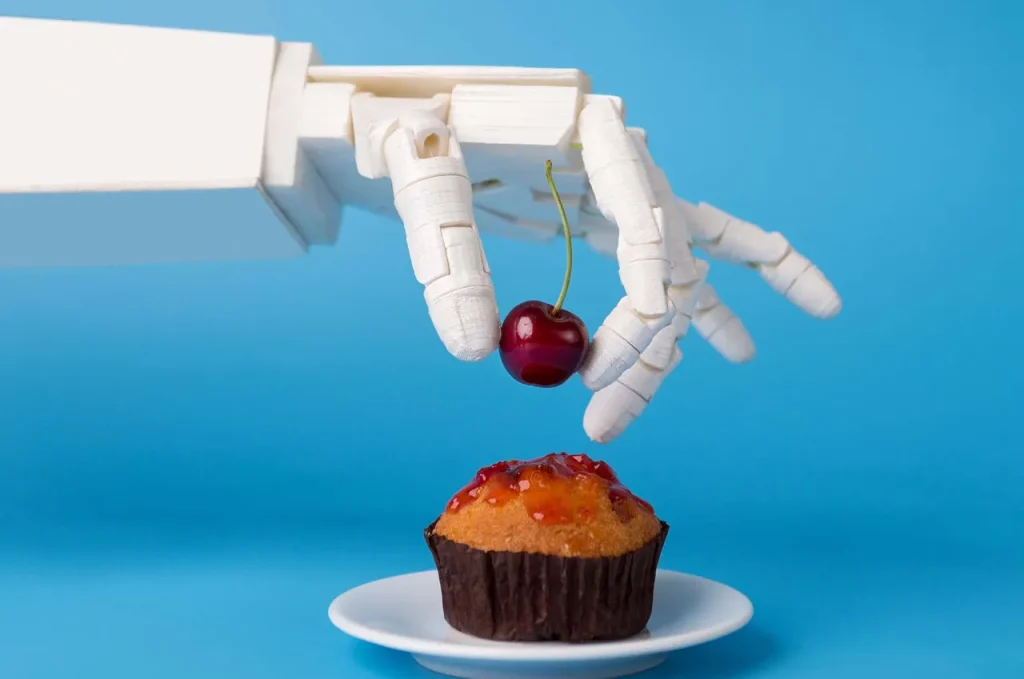
Conclusion
Robotics in food preparation is transforming the culinary landscape, bridging the gap between efficiency and artistry. By automating repetitive tasks, and improving hygiene, robots are redefining how we approach food.
While challenges like high costs and technical complexity remain, the benefits of robotics far outweigh the drawbacks. As technology continues to evolve, robotics will play an increasingly pivotal role in kitchens worldwide, catering to the demands of modern consumers and paving the way for a more efficient and sustainable food industry.
The fusion of robotics and food preparation is not just a technological advancement; it is a celebration of human ingenuity, enhancing the way we produce, prepare, and experience food. The future of food is robotic, and it is a future worth savoring.




